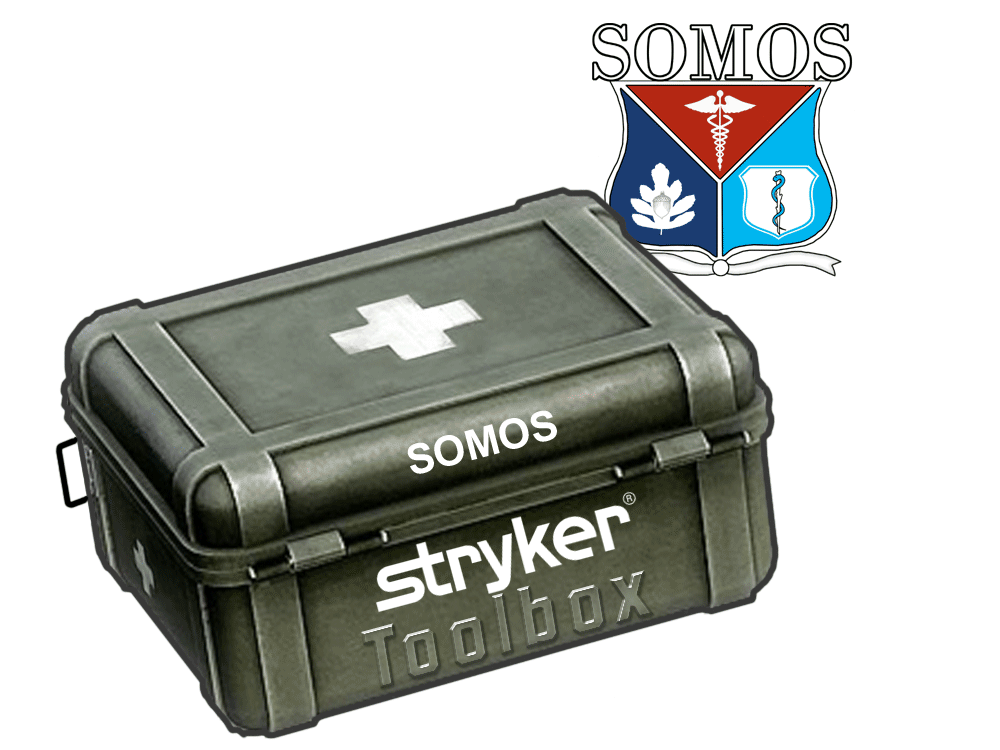6. Soft Tissue Coverage (Austere Environment) — Flaps and Vacuum-Assisted Closure (VAC)
COL Richard Pope MAJ Michelle Fontaine CPT Charles Grooters I. Soft Tissue Coverage in Austere Environment A. Normally best performed in controlled environment with availability of microscope or loupe magnification B. In rare circumstances, surgeons may need to perform soft tissue coverage procedures in austere environment when evacuation to higher echelon of care not feasible … Read more


